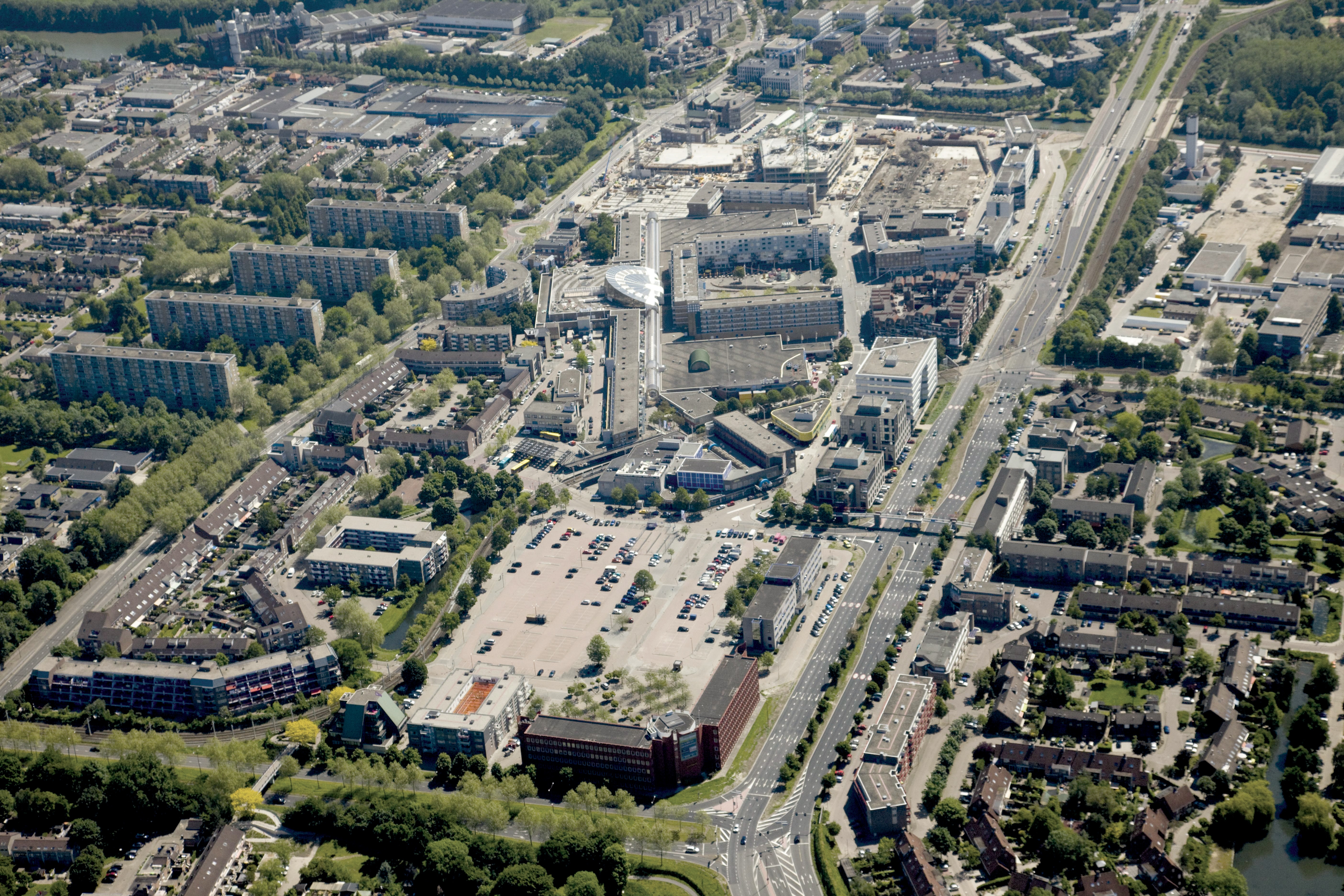Participatory evaluation
The example of Nieuwegein
DOI:
https://doi.org/10.48003/knob.122.2023.4.812Downloads

Abstract
The standard of evaluation criteria for built heritage has evolved to such an extent over the past 120 years that it can theoretically be applied to every period. However, the survey of Post 65 architecture conducted by the Netherlands Cultural Heritage Agency (RCE) suggests that the nature of built heritage from the years 1965-1990 differs from that of previous periods and might require a different approach to these evaluation criteria. For example, the relatively young age and the social context of this heritage provides opportunities for recording people’s lived experience of the architecture first hand and for involving citizens as well as experts in the selection and evaluation process.
Now, with the phase of protection and preservation of Post 65 heritage fast approaching, it is time to take another look at the evaluation framework. In light of the EU’s Faro Convention, which puts the main focus on society and people and their relationship with heritage, this study explicitly incorporates the role of citizens. The designated growth centre of Nieuwegein serves as example. During this municipality’s Modern Monuments project residents submitted suggestions for protecting heritage and identified the values they attached to it. There were substantial differences of opinion between residents and heritage experts, which ultimately resulted in a richer and more diverse evaluation of modern heritage.
Published
How to Cite
Issue
Section
Articles
License
Copyright (c) 2023 Evelien van Es, Sarah Gresnigt, Lara Voerman

This work is licensed under a Creative Commons Attribution 4.0 International License.





